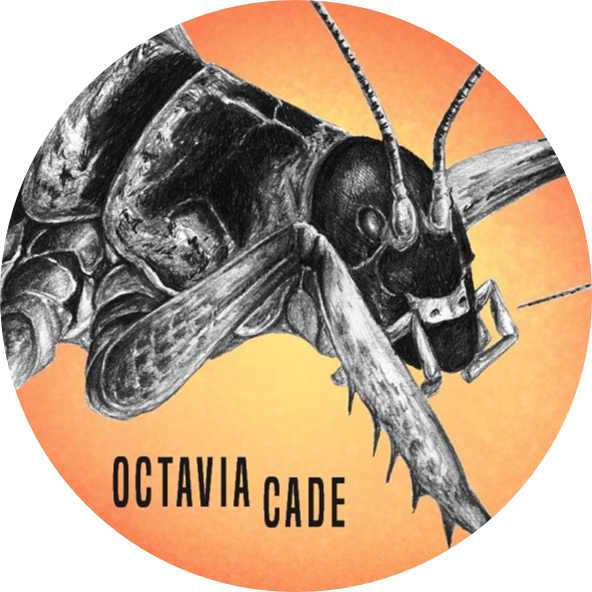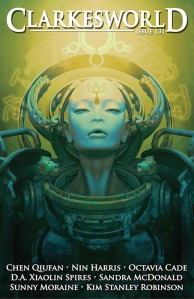 This… isn’t quite a story, but it’s new and more importantly it’s in Nightmare, which is a market I’ve been trying to crack for years. Have finally managed it with this essay about stories. Horror stories, to be precise. Nightmare has a regular column called “The H Word” that does short essays about various things within the genre, and this piece of mine is about haunted houses. “The Haunted Boundaries of House and Body” is an extract from a longer piece that I’m working on, about how haunted houses are frequently gendered as female.
This… isn’t quite a story, but it’s new and more importantly it’s in Nightmare, which is a market I’ve been trying to crack for years. Have finally managed it with this essay about stories. Horror stories, to be precise. Nightmare has a regular column called “The H Word” that does short essays about various things within the genre, and this piece of mine is about haunted houses. “The Haunted Boundaries of House and Body” is an extract from a longer piece that I’m working on, about how haunted houses are frequently gendered as female.
It’s basically an excuse for me to read my way through the horror canon under the guise of scholarship.
Anyway, the story referred to in the essay is one of mine that’s not available online. That story, “The Knife Orchard,” about a piece of family history, is one of the original stories collected in my recently published collection The Mythology of Salt and Other Stories. It’s apples and sharp edges and haunting, and ultimately about turning away from haunting, which is a piece of good sense I am determined to appreciate. Anyway, you can read the essay at the link, so let me know what you think!




